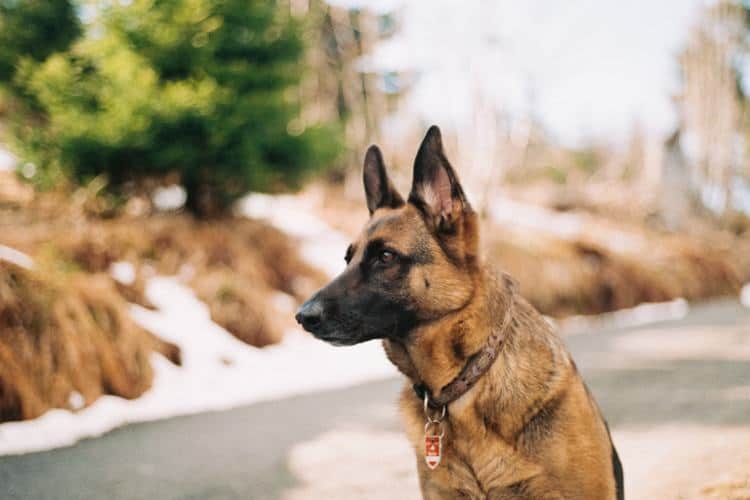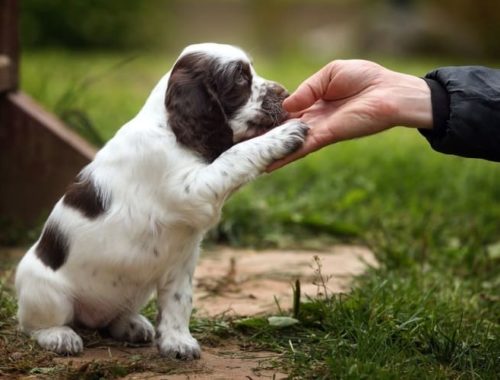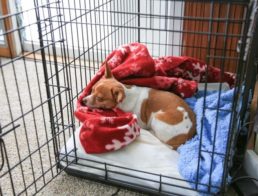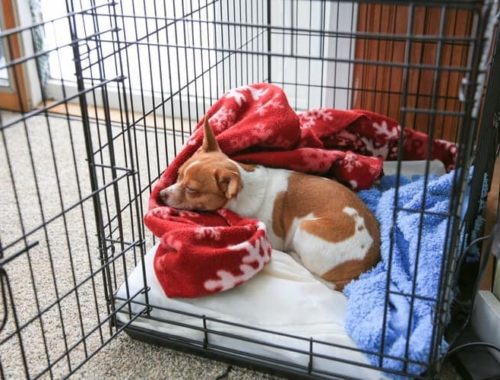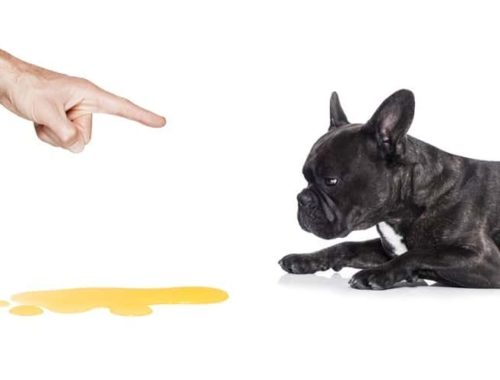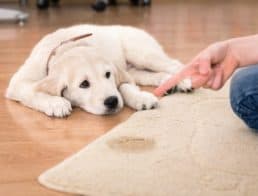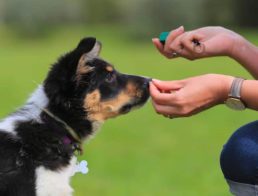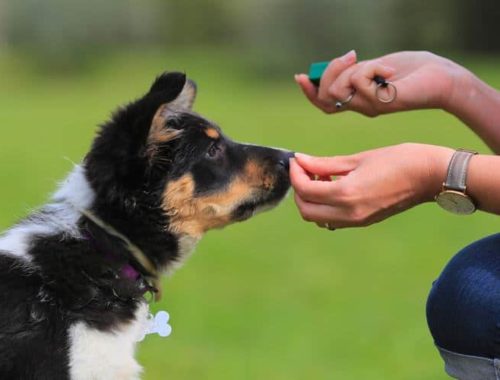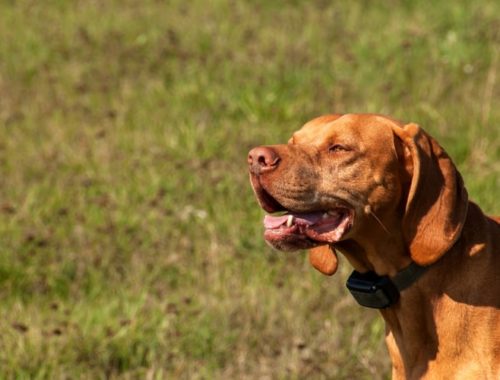You brought a new German Shepherd puppy into your home, and the bond is created from the moment you look into those big, beautiful brown eyes. Puppies are adorable, gentle and loyal, but they do require a great deal of guidance and structure within the family unit. Training your German Shepherd puppy takes time, patience, and commitment—and training is essential to ensure a well-mannered dog.
Training your German Shepherd puppy should start from the instant it enters your home. The puppy needs to learn immediately that you are the pack leader and that there are certain house rules. German Shepherds are incredibly loyal, strong dogs but without structure and training, the animal can become aggressive. In order to help you with your puppy training, we’ve come up with five steps that’ll help you train your furry friend:
- Get the Housebreaking Essentials
- Tips to Remember When Housebreaking Your GSD
- Start with Basic Obedience
- Teach Important Commands
- If All Else Fails, Seek a Professional
1. Get the Housebreaking Essentials
Before you begin housebreaking your puppy you should make sure you have your dog training essentials—they’ll make puppy training much easier! Here’s a list of some items necessary for proper training:
- A crate for housebreaking (one that is slightly larger than your puppy)
- Pee pads, placed near the exit door
- A clicker for obedience training
- Plenty of small training treats
2. Tips to Remember When Housebreaking Your GSD
When it comes to housebreaking a puppy, some breeds learn quicker than others. The German Shepherd is exceptionally smart and willing to please you. Consider these training tips during this process:
- Keep your pup on a strict feeding schedule
- Implement a regular outdoor regiment, such as first thing in the morning, every 30 minutes to an hour throughout the day, right after meals and naps, and the last thing every evening.
- Direct your pet to a specific spot each time he/she goes out with you watching so you can give lots of praise and a treat for “good job.”
- If you use a crate, it has to be large enough for your puppy to stand, lie down and turn around, but no bigger. Dogs typically will not soil in their sleeping area (bed), but you don’t want to provide enough space where he/she will choose a corner next to the bed to do so.
Housetraining your puppy is a tedious job, requiring a lot of patience and persistence, with great rewards for you, your pet and the family. If you want to learn how to train your pet in a short amount of time here’s a reading to consider: Puppy Training: The Ultimate Guide to Housebreak Your Puppy in Just 7 Days.
3. Start with Basic Obedience
Basic obedience training should be handled in a sensible, confident manner, requiring a lot of patience and consistency on your part. With a young puppy, training sessions should be limited to five to ten minutes at a time, accomplishing one basic command at a time. Otherwise, trying for longer, harder sessions will only lead to failure and frustration for you and your pup. Here are some tips that’ll help with housebreaking:
- Use food treats and lots of praise to reinforce commands.
- Never show stress or frustration to your pup for failed obedience attempts because that will only lead to an aggressive response.
- Be sure your puppy is on a comfortable leash and have your clicker and treats readily available before the training sessions. You may choose toy rewards as well, but consider this option when nearing the end of your training, as it may be hard to redirect the puppy to obey commands once faced with a favored plaything.
- Combine the verbal command with a hand gesture to reinforce the action presented, followed by the clicker, praise, food treat method when achieved success.
4. Teach Important Commands
Teaching your dog words such as “no” or “stop” will help them understand when they are doing something inappropriate at home or around other people and pets. Puppies tend to get easily excited and have lots of energy, so it is important they learn good manners and discipline early on in their lives.
Other important commands to teach early on are: sit, stay, and down (lie down). When teaching your dog these words, remember to use one command at a time, such as “sit,” until the pup accomplishes that task. Hold onto the leash, say “sit” and once the dog sits, immediately use a clicker, give lots of praise (say “good boy/girl”) and a food treat—all in that order.
5. If All Else Fails, Seek a Professional
If necessary, you may want to look into professional training classes for your GSD through local classes near you. You can contact the Association of Professional Dog Trainers to locate an accredited dog trainer close to you or consider contacting your local park districts and community colleges for classes in your area. Diligence will pay off with great rewards after your German Shepherd puppy is fully trained, well-mannered and living the harmonious life as your loyal companion and furry best friend.
If you have other dogs at home, that aren’t German Shepherds and also need training, make sure to check out our other pet training articles.


